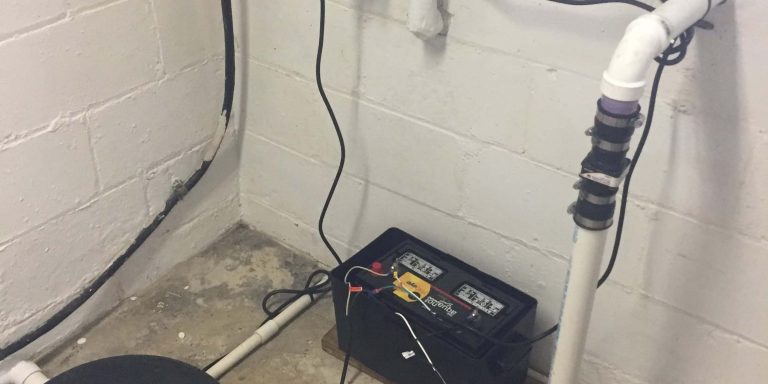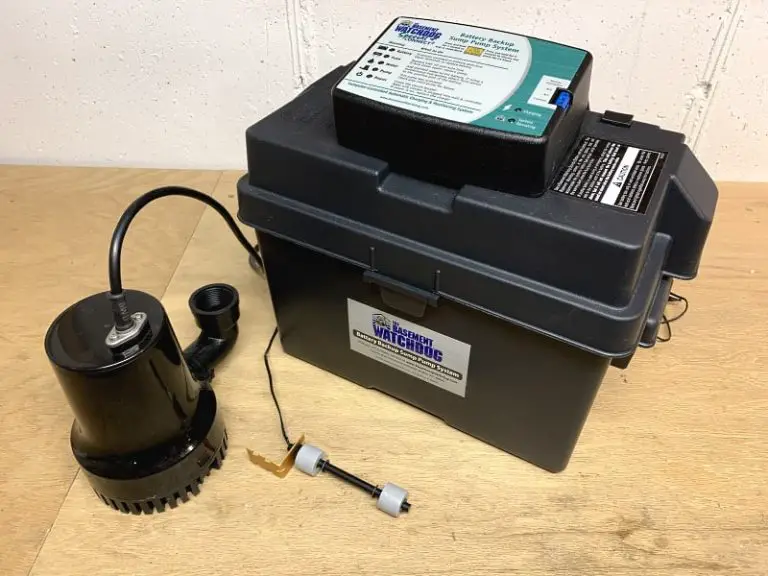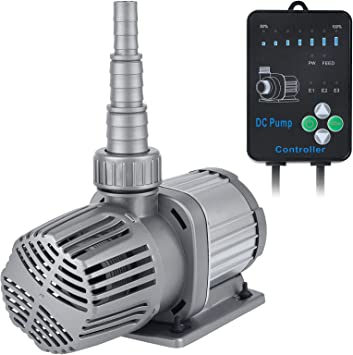How To Install A Pedestal Sump Pump
Pedestal pumps are among the more affordable sump pumps around. They help pump water away from your basement or low-lying areas during flooding. A pedestal pump rests outside the sump pit and over the basement floor. Installing a pedestal sump pump calls for a little more detail, but you can do it in a few easy steps.
Tools
- Gloves
- Glasses or goggles
- Boots
- Shovel
- Cement
- Hacksaw
- Sledgehammer
- Caulking
- Concrete
- PVC pipe and elbow joint
- Marker
- Gravel
- Holes saw and drill
-
Safety precautions
Wear glasses, gloves, and boots to protect you while working.
-
Observe any building codes for your location
Since installing a pedestal sump pump requires drilling into the concrete floor, there may be underground cable and sewer lines. Check to ensure you follow any rules for working around these areas.
-
Location
Carefully choose where you plan to install the pedestal sump pump. It needs to sit at the lowest point in your basement or crawl space. Also, be sure to form a downward slant, so the water does not settle if there’s flooding. Install the pedestal pump close to an outer wall and near to the discharge pipeline. The pump needs to be close enough to an electric outlet, so you don’t have to use an extension cord to reach the plug.
-
Drill the concrete
Now you know where to place the pump, it’s time to dig up the concrete floor. Tip the sump basin liner upside down, and use a marker to get the shape of the area to drill. To dig the hole, you can use a jackhammer or sledgehammer. Open the basement windows and door to help minimize dust when drilling. Wear your safety glasses, gloves, and boots to protect your eyes, hands, and feet.
-
Install the sump pit
After breaking up the concrete floor, take a shovel and open the remaining space in the sump pit. The top of the sump pit should be in line with the level of the basement floor. Place some gravel to fill the space in the hole. Use some filter material to cover the sump pit liner. Next, place the liner in the sump pit hole. Fill the space with more gravel, and allow at least 6 inches from the top of the sump basin. Mix the concrete according to instructions and apply it to the gravel in the hole. Spread it evenly with a shovel over the concrete and ensure it is level with the basement floor.
Let the cement dry according to instructions.
-
Install the discharge pipeline
- Create the space for the discharge pipeline while the concrete is drying.
- Select the correct size PVC pipe to attach the line to the check valve to the pump.
- Connect the valve and the PVC pipe to the sump pit. Run the pipeline up the entire length of the wall.
- Drill a hole in the wall using a hole saw and run the pipeline through the wall opening.
- Connect the pipe from the vale in the discharge hole with a PVC elbow joint.
- Seal around the inner and outer parts of the pipe with plumber’s caulk to make it air and water-proof.
-
Put the pump inside the pit
- Place the pedestal sump pump on the outer part of the sump pit.
- Install the pump according to the guidelines in the manual.
- Avoid touching the sump pit walls and float switch while inserting the pump.
- Bring the pump down into the pit and let it rest level on the basin floor.
-
Attach the pipe to the discharge line
Measure the length of the PVC pipe that connects the discharge line to the pump. Use a hacksaw to cut the length you need and attach it with some plumber’s cement to the pump adapter.
9.Test it out
- After the pump is in place, do some tests to ensure it’s working correctly.
- Fill the pit with some water and switch the pump on to see how it’s cycling.
- Next, check the drain on the outside to ensure the water is running off freely through the lines.
- If everything is working, cove the pump pit with the lid.
Final Words
Installing a pedestal sump pit can be a bit tedious, but it’s worth having protection against flooding around your house. Make sure you wear safety gear and follow all guidelines for building codes relating to drilling close to sewer and utility cables.



